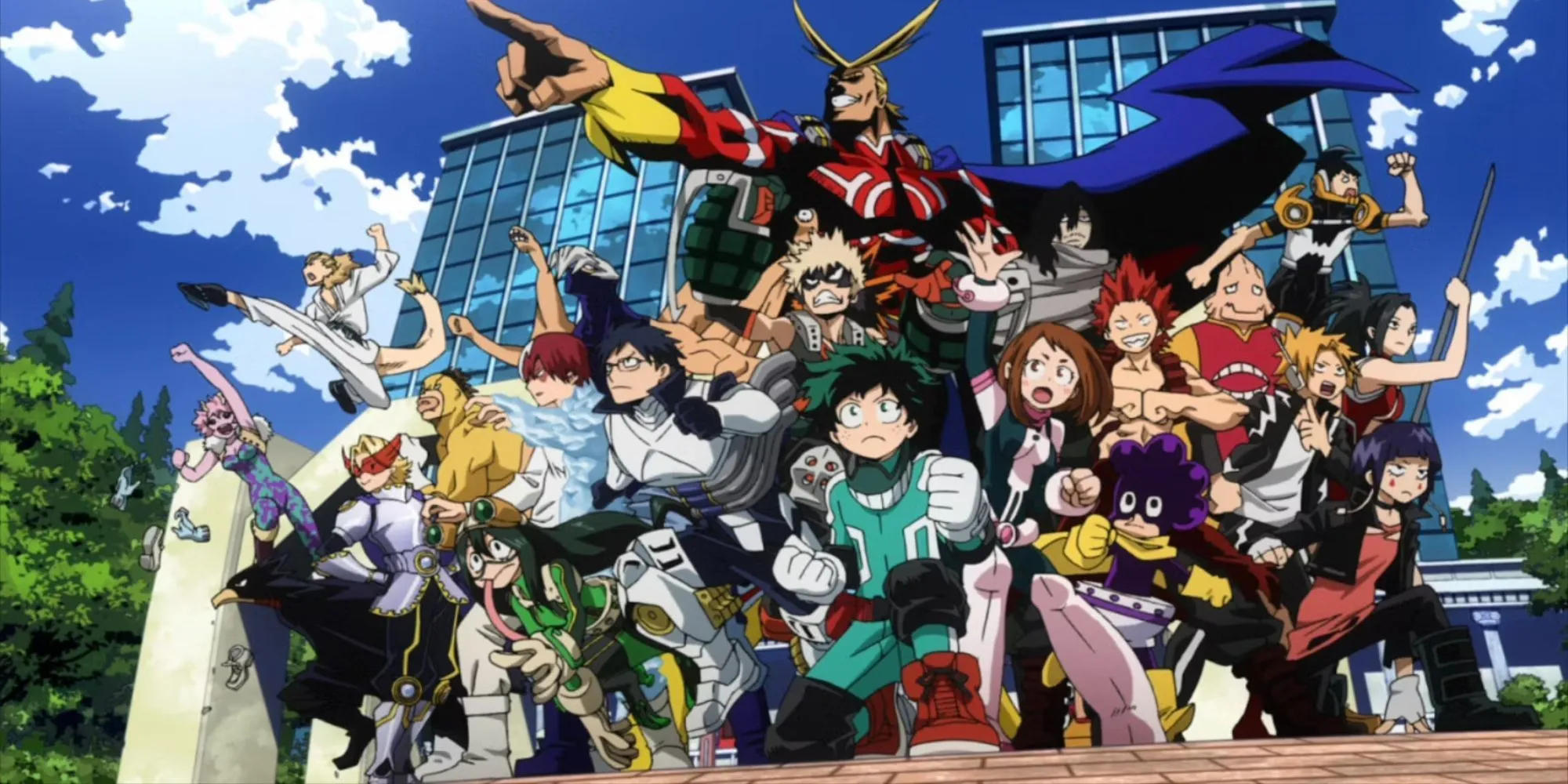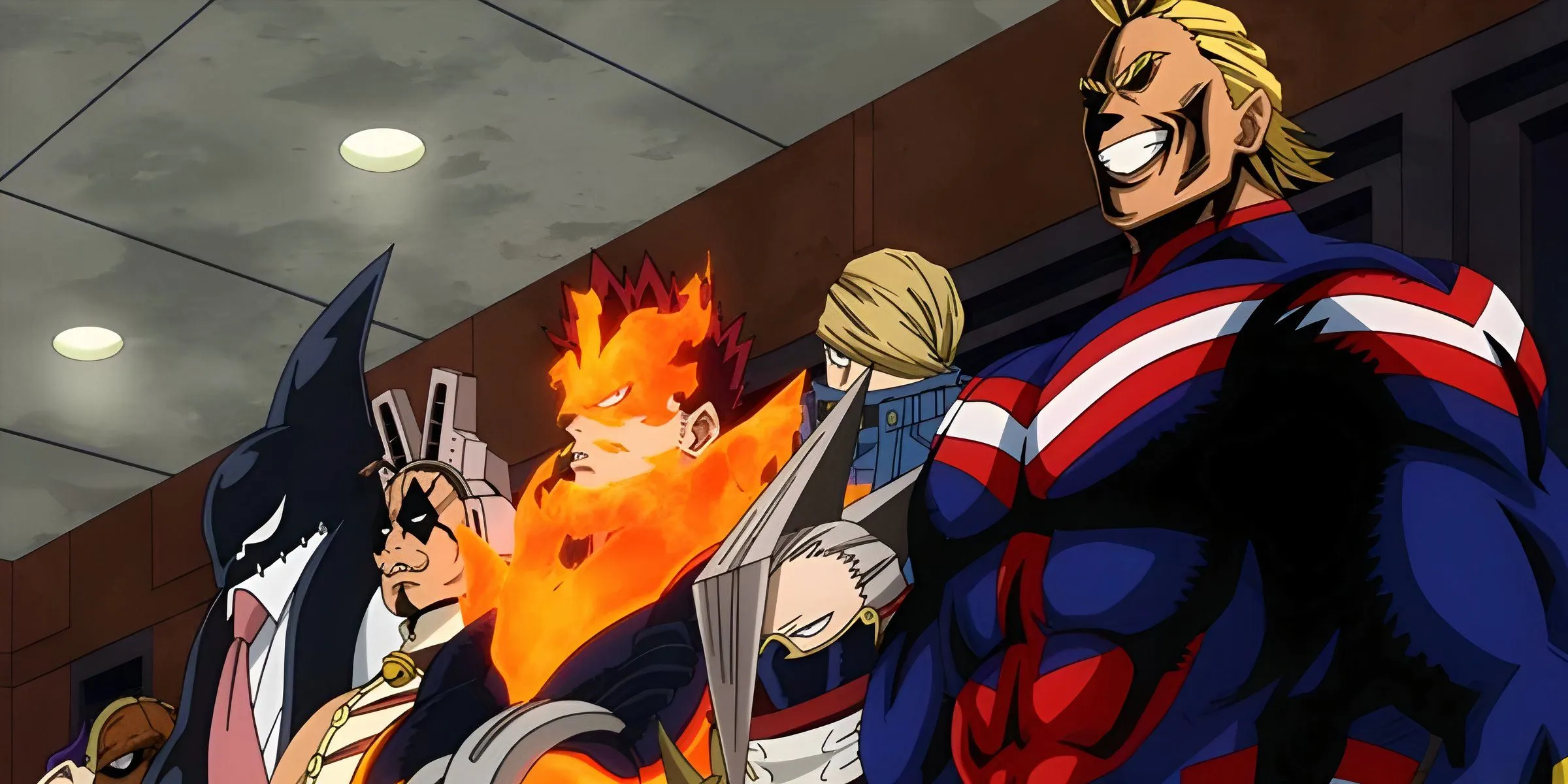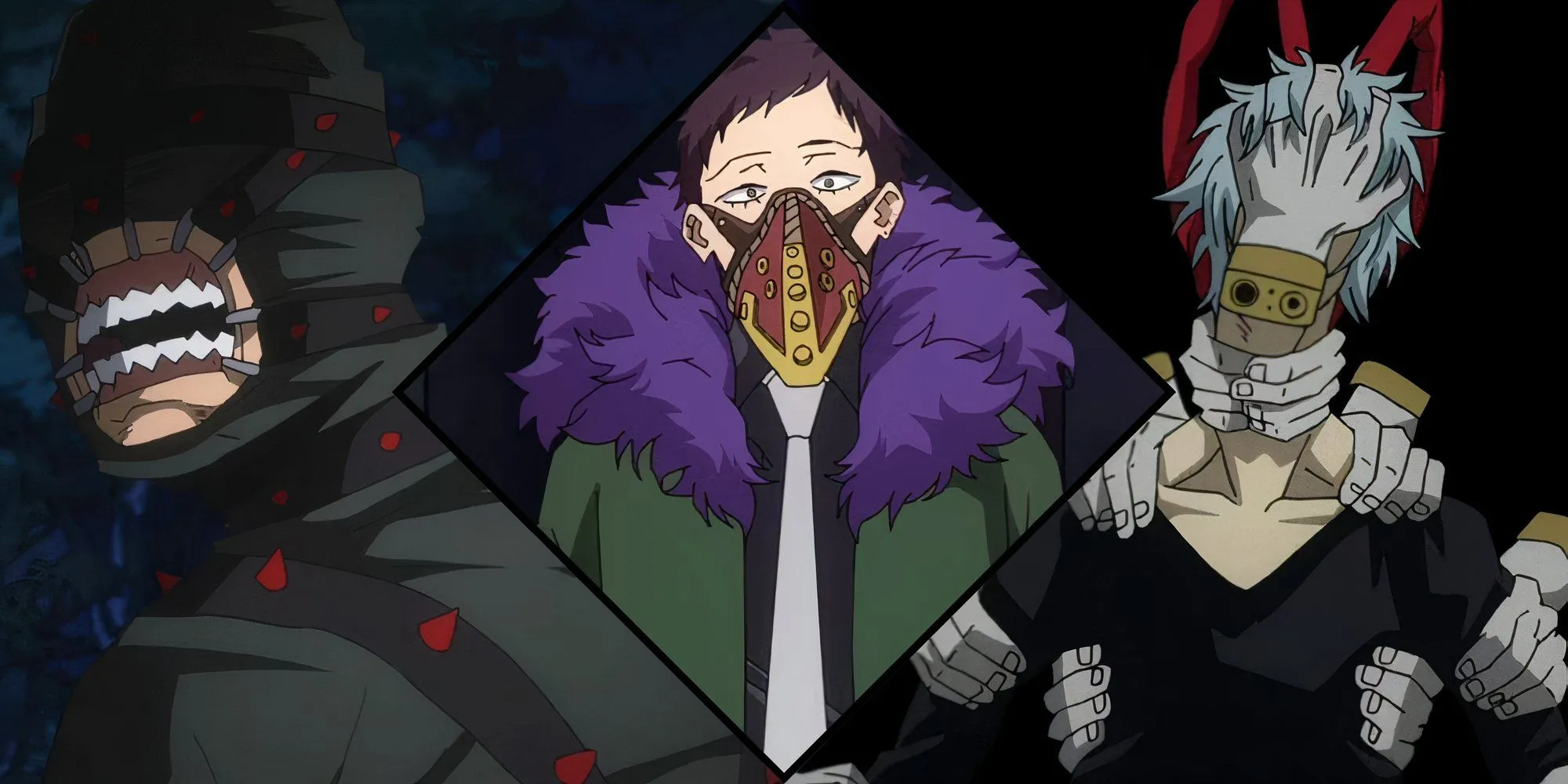
Essential Insights on Hero Costumes
- In My Hero Academia, costumes are intricately linked to hero quirks, amplifying their powers and reflecting core values.
- Hero costumes act as identity markers, fostering public trust and distinguishing heroes from villains.
- These outfits evolve alongside characters, symbolizing their journeys, struggles, and legacies.
Quick Navigation
- Function and Significance of Hero Costumes
- Costumes Defining Their Identity
- Public Perception of Costumes
- Legacy Continuation through Costumes
In the universe of My Hero Academia, costumes are far more than mere uniforms; they are vital elements that shape each hero’s identity. These outfits are deeply embedded in the characters’ personalities, narratives, and missions, serving as powerful symbols of their values and societal perceptions. Through these intricately designed costumes, both heroes and audiences navigate the complex relationship between the external appearance and internal essence of each character.
Hero costumes function as more than just protective gear; they are manifestations of aspirations, fears, and ideals. These distinctive outfits not only empower heroes to tap into their unique abilities and address vulnerabilities but also serve as vital visual markers of who they are, how they interact with society, and how they differentiate themselves from villains.
The Function and Significance of Hero Costumes
The Symbolic Weight of Costumes

Costumes within My Hero Academia serve purposes that go beyond visual appeal. Designed for combat and various tactical situations, each outfit equips heroes to face diverse challenges effectively. Crafted by specialized support companies, these costumes cater to the unique requirements of each hero, ensuring they are optimally prepared for any mission.
Moreover, hero costumes act as powerful symbols representing the values and dedication of the characters. They become recognizable brands in their own right, allowing the public to identify heroes at a glance and fostering a sense of trust and safety among civilians, even in perilous situations.
Costumes Defining Their Identity
Defining a Hero’s Persona

The costumes evolve with the heroes themselves, reflecting their growth, ambitions, and internal struggles. For instance, All Might’s iconic design embodies hope, while Deku’s evolving outfit mirrors his journey toward becoming a true hero. Each costume not only visually defines the character but also deepens the narrative, revealing their transformations and the societal impact of their actions.
As characters progress, their costumes change as well, signifying not just their physical growth but also their emotional and psychological journeys. Changes in these outfits often correlate with significant character development, further emphasizing that hero costumes are intricately tied to the characters’ evolution from within.
Public Perception of Costumes
Costumes as Public Symbols

To the general populace, hero costumes represent an essential source of reassurance and security, allowing for instantaneous identification of their protectors. The simplicity of recognizing a hero by their distinct outfit fosters confidence and a sense of safety among civilians during crises. While villains also don costumes, theirs lack the respect and admiration that heroes command, emphasizing the societal divide between good and evil.
Costumes uniquely delineate heroes from villains. While heroes utilize their outfits to convey inspiration and valor, villains often leverage their attire to conceal their true identities, reflecting a stark contrast in the public’s perception. This difference underscores the notion that hero costumes symbolize hope and protection, while villainous attire invokes fear and trepidation.
Legacy Continuation through Costumes
Continuing Legacy Through Costumes

Some costumes embody historical symbolism, connecting current heroes to their predecessors. All Might’s legendary appearance symbolizes hope and serves as a bridge to the next generation, exemplified by Deku. These costumes encapsulate both the values of past heroes and the aspirations for future generations, creating a rich tapestry of legacy within the hero community.
In My Hero Academia, costumes are not merely articles of clothing but profound representations of each hero’s journey and moral compass. They communicate unwavering commitments to justice, often without the need for words. This silent yet powerful narrative forms a crucial part of the anime’s essence, illustrating how hero costumes are indispensable to character development, societal perception, and legacies. Embodying character, tradition, and community trust, these outfits tell a unique story about every hero and their contribution to the moral fabric of the world.




Leave a Reply